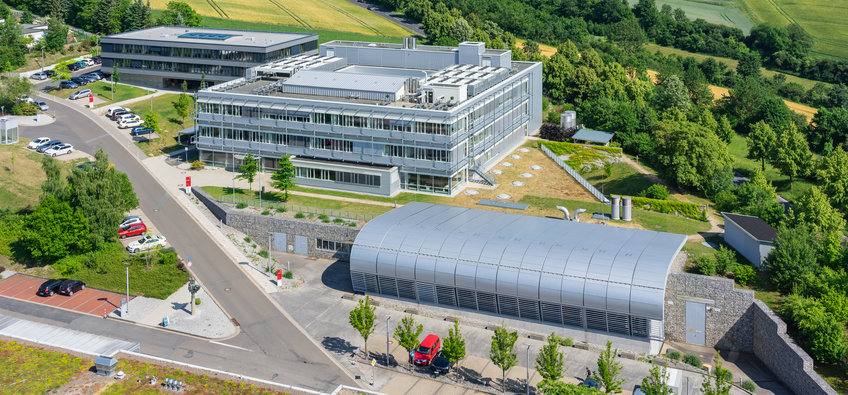
Max Planck Institute for Dynamics and Self-Organization
Turbulence in clouds, neuronal fireworks in the brain, the physics of individual cells and the flow of water and oil through porous stone – these, and other particularly complex systems, are the focus of the research carried out by scientists at the Max Planck Institute for Dynamics and Self-Organization. Here, “complex” means that many individual systems combine to form a whole, the dynamics of which cannot necessarily be identified through the behaviour of the individual systems. Scientists say that these systems “organise themselves”. This holds true for the interaction of neurons in the brain (for example during learning) as well as for the numerous swirls that combine to form a turbulent cloud. There is reason to hope that a better understanding of the latter will enable a more accurate prediction of the future influence of clouds on global climate.
Contact
Am Faßberg 1737077 Göttingen
Phone: +49 551 5176-0
Fax: +49 551 5176-702
PhD opportunities
This institute has several International Max Planck Research Schools (IMPRS):
IMPRS for Physics of Biological and Complex SystemsIMPRS for Neurosciences
IMPRS for Genome Science
In addition, there is the possibility of individual doctoral research. Please contact the directors or research group leaders at the Institute.








